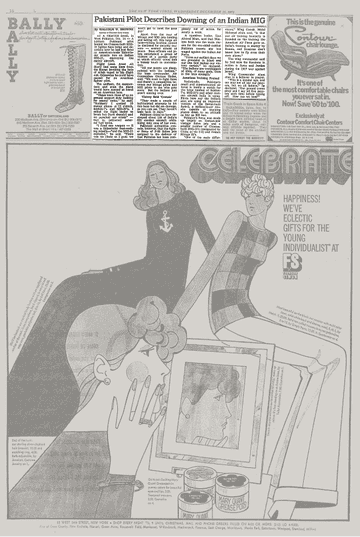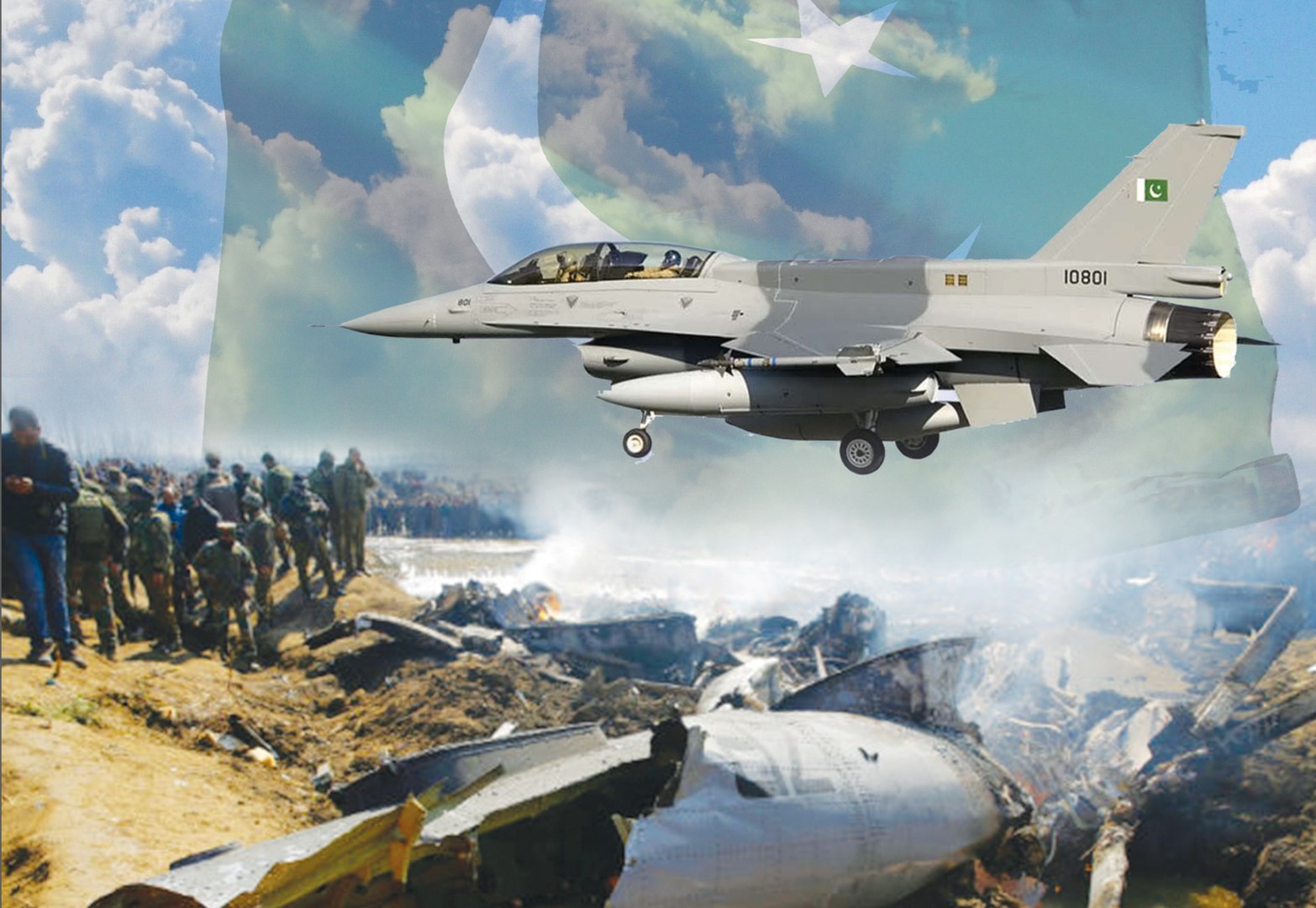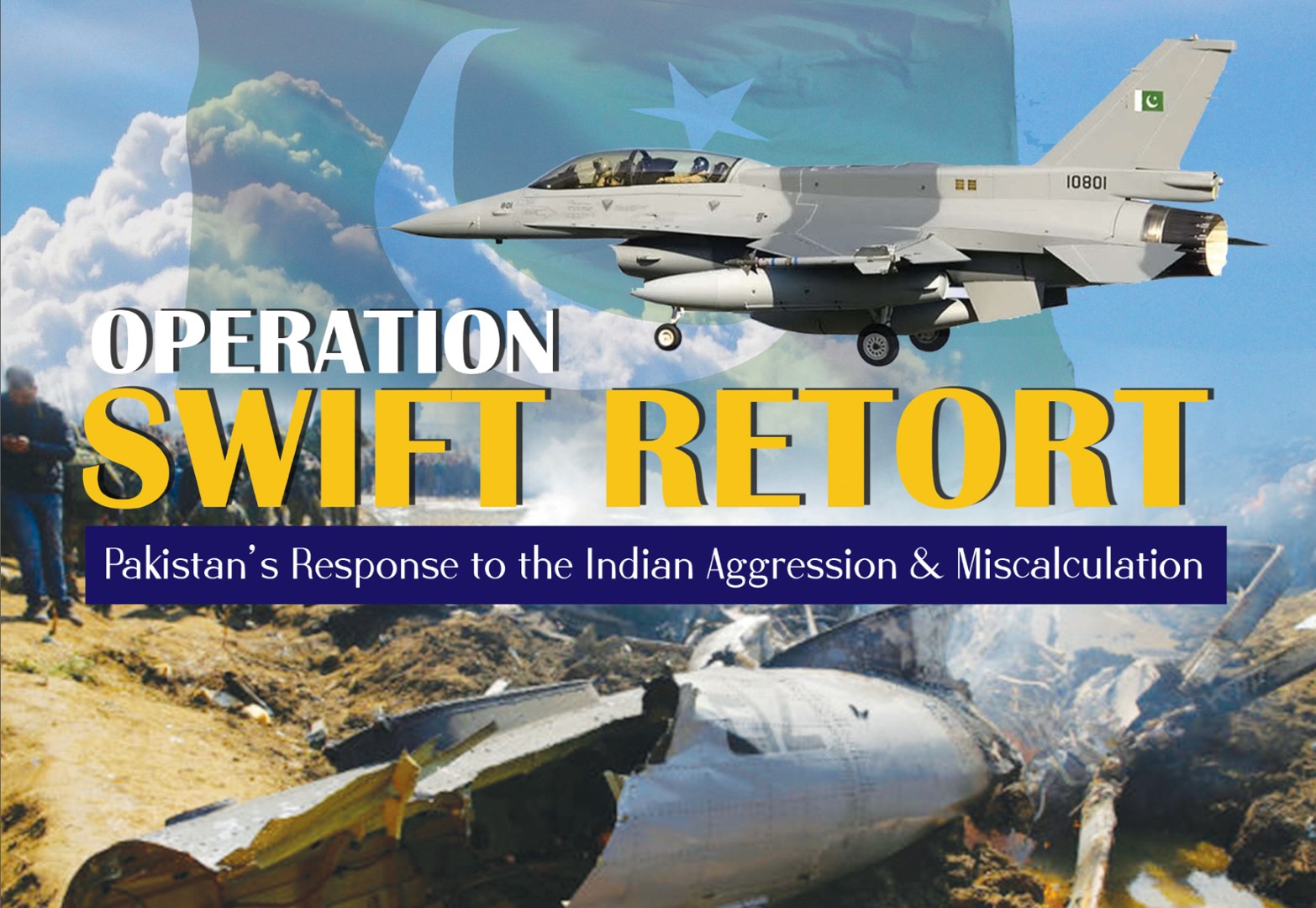ghazi52
PDF THINK TANK: ANALYST

- Joined
- Mar 21, 2007
- Messages
- 104,350
- Reaction score
- 106
- Country
- Location
Women as fighter pilots !!!
How successful they will be is anybody’s guess. I would like to put you guys in the shoes of a fighter pilot and then decide for yourself.
In the month of June, noon, temperature around 50 degrees C and humidity 80%, PAF Base Mianwali, Main Tarmac. Around 40 aircrafts ( FT-5 & F-7s) neatly parked in three rows. You leave squadrons building for a low level strike to Dhok Pathan Bridge, you pick your helmet and walk towards the flight lines. Second mission of the day is about to start up. It’s difficult to do the exterior inspection because the panels are so so hot that you cant check them properly. Drop tanks burning with heat. Heat has already started to take a toll on your body and you are sweating badly. You get into the aircraft but cannot touch the stick and switches. Crew chief straps you; you wear your helmet, connect the G-suit hose and R/T lead , lock the canopy down and wait for the IP.
By the time you start ,your coverall is completely wet with the sweat. You Startup, taxi and finally line up. The pressure of accurate navigation ahead and making your target good is immense. Finally your left hand goes full forward and the right gradually comes back. Out of traffic pattern you set course on first heading trying to maintain 250 feet AGL accurately on altimeter. Pressure is continuously mounting. At first turn in point, you are late by 15 seconds and off track by half nautical mile. Guy in the back seat ( GIBS) is not at all happy. You start to panic and tire your self badly.
Once you enter the Murid area, Cherat Control wants you to make a dog leg because two A-5s are doing lo level GCI around Murid. You get into more panic but control your wits and make the second and third turning points good. At last you reach your IP, pullup but its too late. You miss the target because you never selected the switches in panic. GIBS start to shout more and more and you wish for a moment that either he or you shouldn’t had been there. Finally you recover, land taxi back and switch off. Sweaty, tired and heart broken you walk back to squadron. Your legs are shaking with weakness and dehydration is taking its toll. After a nightmarish debrief from instructor you retreat your self in cool environments of crew room. Suddenly one of your coursemates informs you that because of unfitness of one of the pilots you are scheduled for 1V1 mission and instructor is calling for a brief. And the whole chain of event starts again.............
Its not a fiction but just a highlight of the situation one faces during training and even later on. The purpose of the narration was that its a tough life out there. Not only physically but one has to be mentally fit to take any beating.
Fighter flying in one of the loveliest thing in the world but it comes with a price. I have seen well built guys crumbling under the pressures. I know people refusing flying because they couldn’t handle the pressures. It’s a dog eat dog life out there.
Once you are done with your operational conversion, the squadron life begins. Its tough. Everybody is good and very professional. You have to prove yourself. Ops conversion, pair leader, section leader, nights ops, specialised weapons ops, Air combat, deployments, exercises ….training never seems to end and with each stage the things get difficult and challenging.
I have no doubts about the mental strength of our women, they are hardworking and professional. But the big question is that do you really think that they will be able to take this physical beating for next 17 to 18 years as a fighter pilot ?

How successful they will be is anybody’s guess. I would like to put you guys in the shoes of a fighter pilot and then decide for yourself.
In the month of June, noon, temperature around 50 degrees C and humidity 80%, PAF Base Mianwali, Main Tarmac. Around 40 aircrafts ( FT-5 & F-7s) neatly parked in three rows. You leave squadrons building for a low level strike to Dhok Pathan Bridge, you pick your helmet and walk towards the flight lines. Second mission of the day is about to start up. It’s difficult to do the exterior inspection because the panels are so so hot that you cant check them properly. Drop tanks burning with heat. Heat has already started to take a toll on your body and you are sweating badly. You get into the aircraft but cannot touch the stick and switches. Crew chief straps you; you wear your helmet, connect the G-suit hose and R/T lead , lock the canopy down and wait for the IP.
By the time you start ,your coverall is completely wet with the sweat. You Startup, taxi and finally line up. The pressure of accurate navigation ahead and making your target good is immense. Finally your left hand goes full forward and the right gradually comes back. Out of traffic pattern you set course on first heading trying to maintain 250 feet AGL accurately on altimeter. Pressure is continuously mounting. At first turn in point, you are late by 15 seconds and off track by half nautical mile. Guy in the back seat ( GIBS) is not at all happy. You start to panic and tire your self badly.
Once you enter the Murid area, Cherat Control wants you to make a dog leg because two A-5s are doing lo level GCI around Murid. You get into more panic but control your wits and make the second and third turning points good. At last you reach your IP, pullup but its too late. You miss the target because you never selected the switches in panic. GIBS start to shout more and more and you wish for a moment that either he or you shouldn’t had been there. Finally you recover, land taxi back and switch off. Sweaty, tired and heart broken you walk back to squadron. Your legs are shaking with weakness and dehydration is taking its toll. After a nightmarish debrief from instructor you retreat your self in cool environments of crew room. Suddenly one of your coursemates informs you that because of unfitness of one of the pilots you are scheduled for 1V1 mission and instructor is calling for a brief. And the whole chain of event starts again.............
Its not a fiction but just a highlight of the situation one faces during training and even later on. The purpose of the narration was that its a tough life out there. Not only physically but one has to be mentally fit to take any beating.
Fighter flying in one of the loveliest thing in the world but it comes with a price. I have seen well built guys crumbling under the pressures. I know people refusing flying because they couldn’t handle the pressures. It’s a dog eat dog life out there.
Once you are done with your operational conversion, the squadron life begins. Its tough. Everybody is good and very professional. You have to prove yourself. Ops conversion, pair leader, section leader, nights ops, specialised weapons ops, Air combat, deployments, exercises ….training never seems to end and with each stage the things get difficult and challenging.
I have no doubts about the mental strength of our women, they are hardworking and professional. But the big question is that do you really think that they will be able to take this physical beating for next 17 to 18 years as a fighter pilot ?









